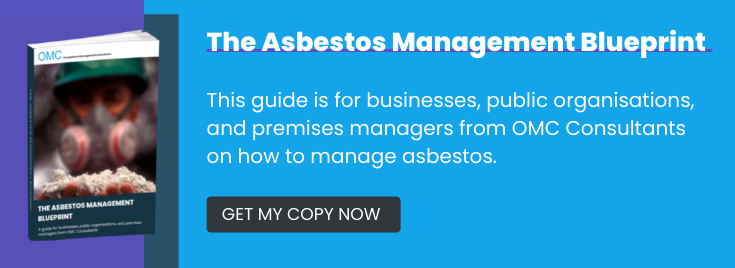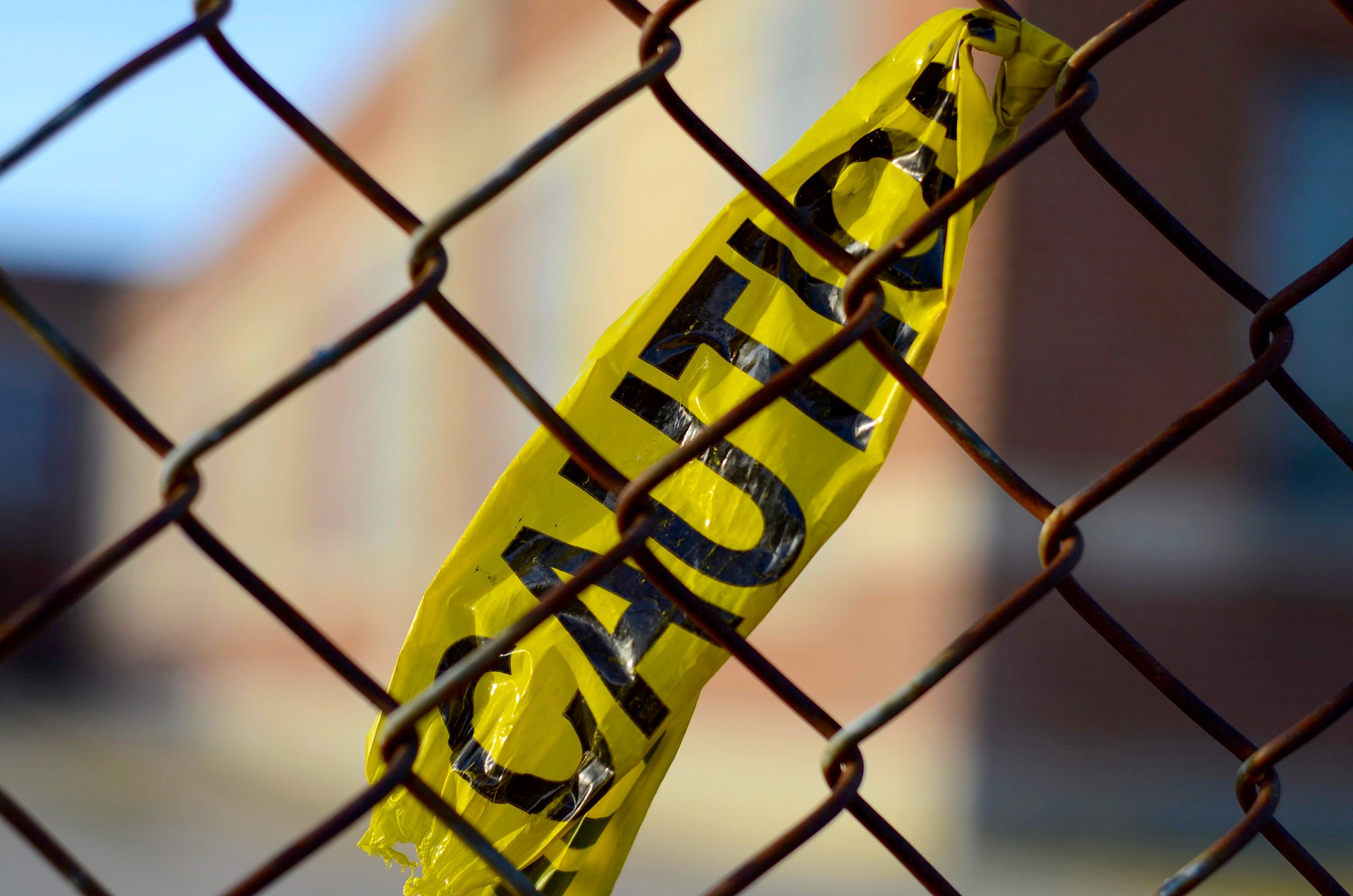The management of asbestos is a legal requirement for building contractors, project engineers, and safety consultants, due to the serious health risks that the material poses. Asbestos that is already in situ does not pose an increased risk to human health so long as it remains undisturbed; however, any construction work or internal alterations that risk disturbing or exposing asbestos increases the chance of health complications and more often than not, must only be handled by a licensed asbestos removal contractor. There are some cases where the works may be carried out as non-licensed, (NLW) or notifiable non-licensed works, (NNLW). However, where there is any doubt, asbestos abatement works should be carried out by a licensed asbestos removal contractor.
DIY Asbestos Removal: What’s The Risk?
Removing asbestos yourself, or asbestos containing material (ACM), from a building may seem like a sensible cost-saving exercise, but the dangers are extreme. In the UK, approximately 5,000 deaths each year are linked to previous exposure to asbestos (which may have occurred decades ago). When ACM is disturbed, tiny particles may be released into the air which, if inhaled, can become lodged in the lungs, causing long-term damage to the pleura (the lining of the lung) and significantly increasing the risk of mesothelioma, an incurable cancer, lung cancer or asbestosis, (fibrosis of the lung tissue).
It’s vital to remember that it’s not just contractors who are at risk: staff who work in buildings where asbestos is being removed, as well as their visitors or customers, also face serious health risks if ACM is processed in an unsafe manner.
As a result, where ACMs are fibrous, and the control limit is likely to be exceeded the Health and Safety Executive (HSE) prohibits unlicensed asbestos removal firms from attempting to remove asbestos, with harsh penalties facing those who defy the law, in accordance with the Control of Asbestos Regulations 2012.
Who Can Legally and Safely Remove Asbestos?
Removing asbestos – if it must be removed instead of left undisturbed – is not a job for the inexperienced! Specialist training is required for contractors to work safely with ACM to minimise exposure to the harmful fibres that cause Asbestosis, Mesothelioma or lung cancer, to themselves and others in the vicinity. Both Personal Protective Equipment (PPE) and Respiratory Protective Equipment (RPE) is necessary too, as asbestos fibres can be transported on clothing (contaminating family or friends) as well as being inhaled.
By law, only competent, qualified organisations are allowed to remove asbestos in accordance with HSE legislation and guidance. Asbestos 4-Stage Clearance Testing and Certificate of Reoccupation may be required in the case of licensed removal works, while a Hazardous Waste Consignment Note is compulsory to ensure the ACM has been properly disposed of. In most cases where there is any doubt, only licensed asbestos contractors should be trusted to carry out the work legally and safely.
I’ve Discovered Asbestos During My Project: What Should I Do?
If you discover asbestos during the course of construction, cease all work immediately. A risk assessment should be carried out to protect contractors and others in the building, and expert advice sought from Occupational Management Consultants, who can provide the full range of services, including:
- Asbestos surveying
- Advice on ACM removal using the safest methods, risk management procedures, and equipment. This would be achieved from using the survey data, understanding the client requirements, and translating this into a technical specification.
- Tendering the works to several licensed asbestos removal contractors providing recommendations based upon commercial and technical review of tenders received.
- Providing asbestos management services during the works including for analytical monitoring to ensure the asbestos works are carried out safely.
- 4-Stage Clearance Testing and issue of the Certificate of Reoccupation.
- Review and update the site asbestos register upon completion of works to ensure it remains relevant
To find out more about our services, please call us on 01484 425043, or send us a message.

Image Source: Pixabay
